Writing a research project proposal can be an overwhelming task. Using a research proposal template that guides you through the writing process can be of great help to make the process more efficient. In this article, I will share a template that to date has helped me to secure more than $ 8 million in research project grant funding.
My proposal template is divided into 10 sections that make up a typical grant proposal. Each template’s section describes the content you should include in the proposal to convince the almighty reviewers.
Finally, to help you kick-start the writing process, each of the 10 sections of the proposal template includes a key sentence skeleton. You can replace the blanks in the skeletons with your own text to create a first outline of the project description.
You will be able to download my proposal writing template at the end of this article.
Proposal Writing Workflow
To show you exactly how my Proposal Template will help you convincing detail the project, I will first explain you the three mains steps in my research proposal writing workflow:
- Ideate using the Research Project Canvas
The Research Project Canvas is a one-page template that allows you to generate research ideas, evaluate their potential, and finally select the best of your ideas for writing a research proposal.
- Write Key Sentences in the Proposal Writing Template
Kick off the writing process by converting each Project Canvas block into proposal text using a Key Sentence Skeleton. The sentences are included in my Proposal Template.
- Write the Full Research Proposal
Expand on the key sentences and format the full proposal using the Proposal Writing Template.

Ideate using the Research Project Canvas
Before diving into the time-consuming task of writing a research proposal, it is crucial to decide on a worthwhile idea you want to pursue and make sure you can successfully carry out the research. Otherwise, you might lose a lot of time writing a proposal that was doomed from the very beginning.
To make the right choices early on, you can use the Research Project Canvas.
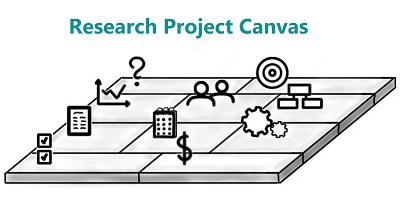
The Research Project Canvas is one-page template consisting of ten building blocks that make up the core structure of any research proposal. After filling the core information about your proposal in the ten blocks, it will be much easier to describe the project in the proposal template. Since the proposal template matches the Project Canvas blocks, you will know exactly what to write within each section of your proposal document.
For a more thorough explanation on using the Research Project Canvas, read this article.
Here is a description of the ten sections that make up the Research Project Canvas. Nine of these sections (except the last one) are also included in the Proposal Writing Template.
Problem

A real-world pain that needs to be solved. Once the broad pain is established, describe the specific knowledge gap that you will fill with your research.
Objectives

Describe the aims of the project meant to solve the knowledge gap that you identified.
Methodology

Describe the concept of your project and the key experiments. Larger projects should be divided into smaller units, such as work packages and specific tasks. Creating a methodology diagram is a great way to clarify the methodology.
Resources

Describe the key resources necessary to complete the project, including required equipment, key partnerships, important know-how, available data, materials, co-funding, and anything else needed to implement the methodology. This section doubles as a reality check to determine whether you have everything you need to successfully execute the project.
Participants

Describe the participants to demonstrate that you (or your team) have the right skills to complete the project. You can mention accomplishments that relate to the project and define how participant’s skill-sets will complement each other.
Results and Impact

Describe the new knowledge that will be created and the impact that the results will have towards solving the identified real-world problem. You can also specify which groups will be impacted most by the results.
Dissemination

Describe how you will deliver the generated results to the target audience. Be specific and note how many papers you will write, at which conferences you will give presentations, and how you will make the data, code, and other information from the Results available to the people who need to see it.
Timeline

Estimate how long the project will take by including a schedule of tasks you planned in the methodology. You might also want to note when the results will be disseminated and any important considerations regarding the availability of resources or brainpower. A Gantt chart is a good way to show the timeline.
Budget

Estimate the project budget and break down the main costs. For a consortium, define how the expenses will be divided between the partners.
Funder’s requirements

Define the anticipated funder and their key requirements for the project, including budget constraints, eligible costs, eligibility requirements, etc. You should also note the main criteria used for proposal evaluation. This block is only included in the Project Canvas and serves to make sure your proposal complies with the requirements. The Proposal Writing Template obviously does not have such a section.
Example Research Project Canvas
When human drivers see cyclists, we can relatively easily interpret the cyclist’s hand gestures and body language. Self-driving cars struggle with this.
Let’s imagine I want to propose a research project to improve the safety of cyclists when encountered by self-driving cars.
The project is described in this Research Project Canvas. I have outlined every key aspect of the proposal using sticky notes, hand-drawn images of the core methodology and created a rough timeline for a three-year project.
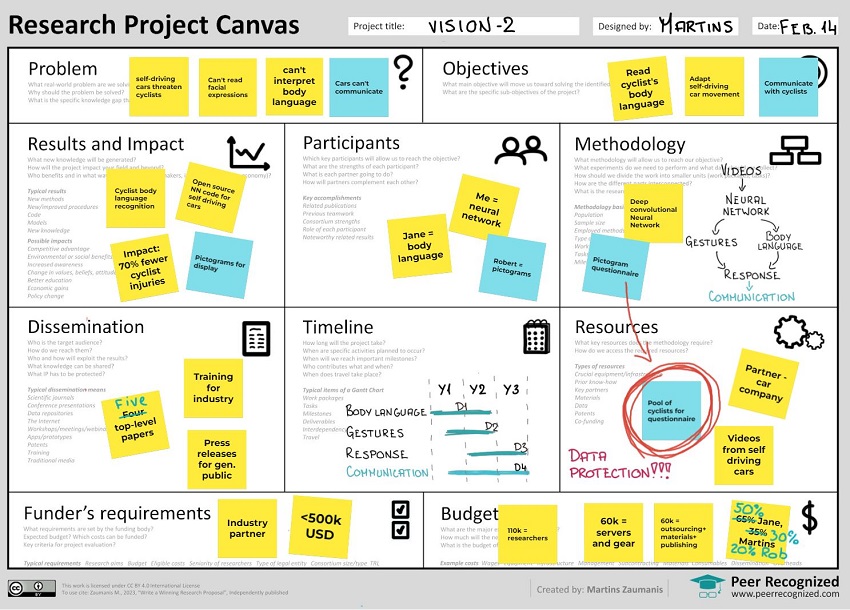
Write Key Sentences in the Proposal Writing Template
Once you have completed the Research Project Canvas, open the Proposal Writing Template. Now you can kick off the writing process by converting each Project Canvas block into proposal text using a Key Sentence Skeleton. The Key Sentence Skeletons are included in the respective section of the Research Project Template so you just need to start expanding upon them.
Written well, the Key Sentences will hold all the key information about your proposal. You will know that the sentences are complete if you are able to bind them together and use them as a short summary of your research.
After finalizing the sentences, your next task will be to add more detail so as to demonstrate to reviewers that the sentences are true. That will make up the bulk of the proposal.
I first learned about the power of Key Sentences from a blog by Parker Derrington Ltd. I then adapted the sentences to fit my Research Project Canvas.
To make the Key Sentence idea more tangible, below for each section I composed a sample sentence from the self-driving project example. The Key Sentence Structure is provided next to it.

Problem
Key sentence example
Self-driving cars have difficulties predicting the movement of cyclists thus endangering this vulnerable traffic user group; the main problem lies in the fact that self-driving cars are not able to read the body language of cyclists to predict their intentions.
Structure
The [huge real-world problem that clearly needs to be solved]; [a specific knowledge-gap within the huge problem that you plan to address in your project].

Objectives
Key sentence example
With the VISION project, we aim to improve the prediction of cyclist’s movements by self-driving cars. To achieve this aim, we have two specific objectives:
- Develop an algorithm that recognizes hand gestures, head movements, and velocity changes of cyclists and interprets them to anticipate their driving intentions.
- Develop an algorithm that adapts the self-driving car movement based on the predicted bicycle movement.
Structure
With the [title/acronym] project we aim to [what the project is going to develop/achieve/discover/establish/improve/analyze to solve some part of the identified research gap]. To achieve this aim, we have [number] specific objectives:
- [Develop/achieve/discover/establish/improve/analyze] [the objective of the first sub-project]
- [Develop/achieve/discover/establish/improve/analyze] [the objective of the second sub-project]
- …

Methodology
Key sentence example
During the VISION project, we will use real-world videos provided by a project partner to train a deep convolutional neural network in classifying the body language and hand gestures of cyclists.
We will then build a response model to adjust the car’s movement based on the predictions.
Structure
During the project [description of research activity] to [state what will the activity achieve].
[Repeat this structure for each key methodology element that is employed to reach the objectives.]

Resources
Key sentence example
The project will use videos from a project partner – self-driving car company – to first develop and then test the developed algorithms.
Structure
The project will [use/ apply/ benefit from] to [specific outcome]

Participants
Key sentence example
The principal investigator of the project, Dr. Jane Goodrich from Peer Recognized Academy, is an expert in social behavior who has been awarded the AAAI distinguished service award and has published 19 papers on the subject of mathematically classifying facial expressions.
Structure
[Role], [Person’s name] from [affiliation, if there is more than one partner] is [core area of expertise] and has [proof of expertise in terms of publications, projects, awards, etc.].
[Repeat this for each key person.]

Results and Impact
Key sentence example
The project will result in a computer code that allows real-time prediction of cyclist’s movement, including:
- A convolutional neural network model that classifies cyclist’s body language and hand gestures to predict their movement.
- A response model that can be implemented into self-driving car software to adapt car trajectory and velocity based on the predicted cyclist’s movements.
Delivering the code and publishing it in an open-access repository will enable any self-driving car company to implement it into the car’s decision-making process for improving the safety of cyclists.
Structure
The project will [a general statement of what results/deliverables/outcomes the project will deliver to solve the problem you identified], including:
- [a statement of delivering a specific result/outcome in response to the objective No.1]
- [a statement of delivering a specific result/outcome in response to the objective No.2]
- …
Delivering these results/outcomes will [enable/allow/… ] [specify the stakeholder] to [explain what positive impacts these results promise].

Dissemination
Key sentence example
We will disseminate the project results through leading scientific journals and academic conferences in the machine learning field; demonstrate the capabilities of the developed algorithm in a closed test site; and communicate the project’s activities to society through press releases.
Structure
We will [the relevant activity] the project results within [the key target audience ] through [the channels that you plan to use].

Timeline
Key sentence example
The project will start in June 2024, it will be executed within 36 months with periodic reports submitted to the funding agency after reaching milestone one in month 12, and milestone two in month 21.
Structure:
The project will start in [date], it will be executed in [number of months], and [add the time when key reports/milestones/deliverables/other critical accomplishments will be submitted/reached].

Budget
Key sentence example
The total eligible project costs are 250,531 USD where 107,480 USD are devoted to personnel costs, 59,000 USD to purchasing new equipment, 25,000 USD are material costs, 6,000 USD are for subcontracting costs, 28,000 USD are dissemination costs, and 25,051 are indirect costs. The Peer Recognized Academy will use 66 % of the budget and the Research University will use 34%. 10% of the costs are covered through an in-kind contribution from the Self-Driving Car Association.
Structure
The total eligible project costs are [the sum] where [name the cost for each cost category as requested in the research call guide]. [Name of Partner 1] will use [X]% of the budget, [Name of Partner #2] will use [X]% of the budget. [describe co-financing by the partners, if any]. [X]% of the costs are covered through [the funder, if already known]
Write the Full Research Proposal
Once you have written the Key Sentences in the proposal writing template, you can start expanding upon them to write the full research proposal. Now the task of writing a full research proposal should be much less intimidating since you will already have a good structure and know the cornerstones of the content that you want to include in the full proposal. Make sure to regularly revisit the Research Project Canvas to keep yourself on target.
You can download my Research Proposal Template, including the Key Sentences Skeleton using the link below. The template will also help you with formatting the proposal.
While the key components of the template will comprise any research proposal, please remember that this is a generic research proposal writing template. The funding agencies often provide you with a template that includes sections titles that they want to see in the proposal. Use my template only if the funder does not provide its own proposal writing template or make sure to adapt my template to the funder’s requirements.
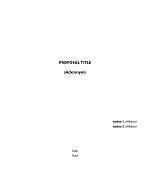

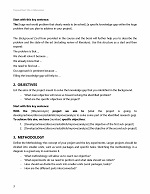
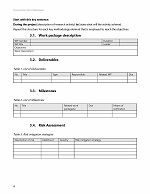
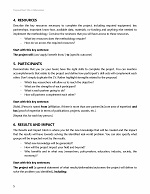
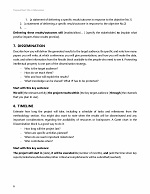
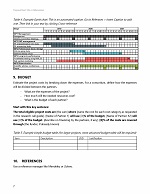
You will receive this research proposal template as a Microsoft Word document in the download.
Check out research proposal examples from every science field in this article.
Learn to write winning research proposals
The “Research Project Canvas > Key Sentences > Full proposal” approach will help you define a solid structure and strong logic for your research proposal. The problem is that you will be competing with proposals that are also very solid.
To write a winning research proposal, you have to know how to add that elusive X-Factor that convinces the reviewers to move your proposal from the category “good” to the category “support”. This includes creating self-explanatory figures, creating a budget, collaborating with co-authors, and presenting a convincing story.
To write a research proposal that maximizes your chances of receiving research funding, read my book “Write a Winning Research Proposal“.
This isn’t just a book. It’s a complete research proposal writing toolkit that includes a project ideation canvas, budget spreadsheet, project rating scorecard, virtual collaboration whiteboard, proposal pitch formula, graphics creation cheat sheet, review checklist, example proposals, and other valuable resources that will help you succeed.
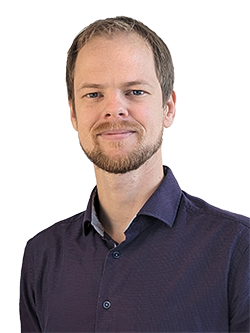
Hey! My name is Martins Zaumanis and I am a materials scientist in Switzerland (Google Scholar). As the first person in my family with a PhD, I have first-hand experience of the challenges starting scientists face in academia. With this blog, I want to help young researchers succeed in academia. I call the blog “Peer Recognized”, because peer recognition is what lifts academic careers and pushes science forward.
Besides this blog, I have written the Peer Recognized book series and created the Peer Recognized Academy offering interactive online courses.

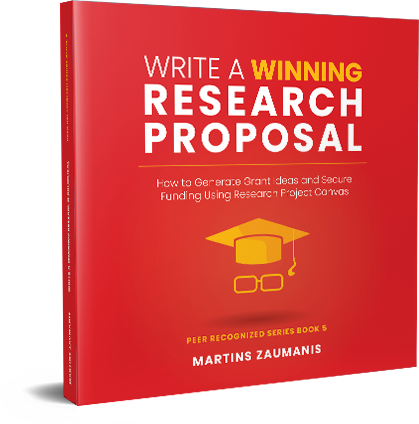
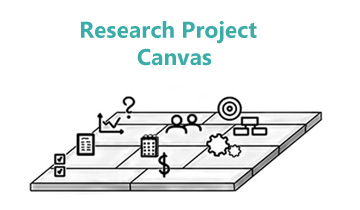

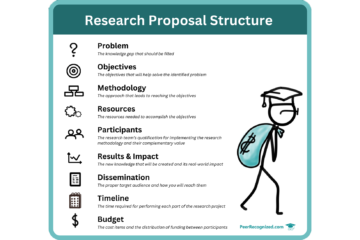
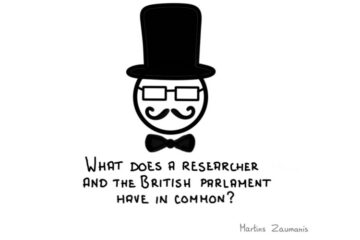

4 comments